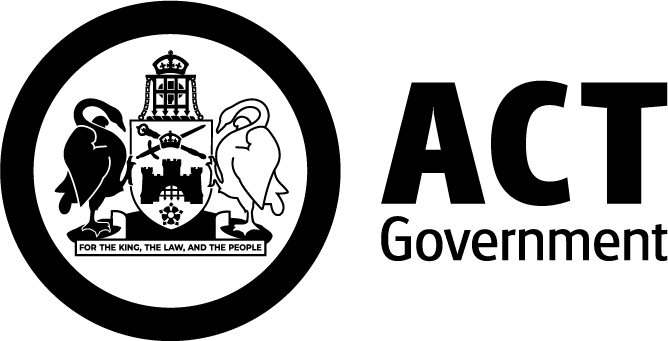Severe storm
Understand what you can do to prepare for, manage, and recover from storms.
As the climate warms, the region will experience more frequent and intense storms.
What causes storms
Storms in the ACT are more common from September to March, when the air is warmer. They form when warm, humid air meets cooler air above. This creates strong winds that push warm air upwards, forming storm clouds. Storms often bring rain, lighting, thunder, hail and strong winds.
Impacts and effects
Storms can cause:
- intense rain, hail and flash flooding
- lightning strikes, fallen trees and other structures
- damage to property and power, phone lines, and road structures
- the economy to decline because of these impacts
- greater demand for emergency and medical services.
Who is most at risk
Most at risk are people who will struggle to avoid the impacts of storms, including people with asthma and other breathing problems.
High levels of pollen combined with strong winds from storms can trigger thunderstorm asthma symptoms [PDF 987 KB]. People at high risk of thunderstorm asthma are:
- people who suffer from asthma
- people who suffer from hay fever or other allergies.
Risk is highest from October to December, when conditions are right for both pollen and storms.
Before a storm
Talk to your doctor about the risk of thunderstorm asthma.
Take these steps before a storm to reduce your risk:
- Write a household survival plan and pack a home emergency kit.
- Check that your home and contents insurance includes storm damage.
- Make copies of your important documents [DOC 754 KB].
- Follow advice about how to keep your house safe during storms [PDF 1.6 MB]. Trim your trees, clear your gutters and remove any loose items from around your home.
- Make your home airtight by sealing gaps around doors and windows. Concession cardholders can get free support with draught-proofing.
- If you have asthma or other breathing issues, ask your doctor about having an action plan. Carry your prescribed medication with you during peak risk times.
- Write a list of people you could ask for assistance during a storm.
Stay informed by:
- checking the local weather forecasts
- keeping an eye on air quality when storms are forecast
- following ACT Government social media channels.
During a storm
During storms, you may find warnings and updates on:
- the Bureau of Meteorology website and phone app
- the ACT Emergency Services Agency website
- the public health alerts webpage
- ACT Government social media channels.
You can listen to ABC radio for warnings and updates as well.
It is important to monitor air quality readings and advice on what you need to do to stay safe.
You might get a call or message on your mobile phone. Local emergency services will do this when there is an emergency nearby. Follow the directions given.
Stay in contact with neighbours, friends, and loved ones. Reach out to your list of contacts if you need help.
If you or someone you know are feeling unwell:
- contact your doctor
- go to a walk-in centre
- call healthdirect on 1800 022 222.
In a medical emergency:
- go to the nearest hospital emergency department
- call triple zero (000) for an ambulance.
Stay inside, away from windows. Avoid using the electricity. Move your car somewhere safe, away from trees and powerlines.
Prepare to leave if your property gets damaged:
- Check your home emergency kit. Add last minute items such as important documents, medication, and clean drinking water.
- Decide where you will evacuate to. Evacuation centres should be a last resort, plan to stay with family or friends if you can.
- Pack food, water and bedding for your animals. Secure them safely. Check that they are wearing identification.
Do not leave your property unless told to do so. If you need to leave:
- Use your cars hazard lights.
- Keep clear of floodwaters.
- Avoid fallen powerlines and debris near them. These could be live and cause an electric shock.
After a storm
Check on loved ones and assess damage to your property.
- If you can’t locate a neighbour, friend, or relative, report it.
- To find lost animals, check online.
- Take photos of damaged property and secure the site if you can.
Watch out for potential risks.
- If you have broken utilities, turn them off and let someone know.
- Stay clear of fallen power lines and debris near them. These could be live and cause an electric shock.
- If you see a tree on public land damaged, report it.
- If you notice damage to a tree on your land, contact an arborist.
- If your home is unsafe call the ACT State Emergency Service for help.
- Avoid waterways. After a storm, the water runoff can move fast and might have pollutants and other debris in it.
Recovering from a storm can be hard. There are services and supports to help:
- ask your insurance provider about making a claim
- check if you are eligible for financial assistance.
Assess what worked and what didn’t work:
- review your household survival plan and home emergency kit
- consider what you might change in and around your home to reduce storm risks
- reassess your asthma or medical action plan.
